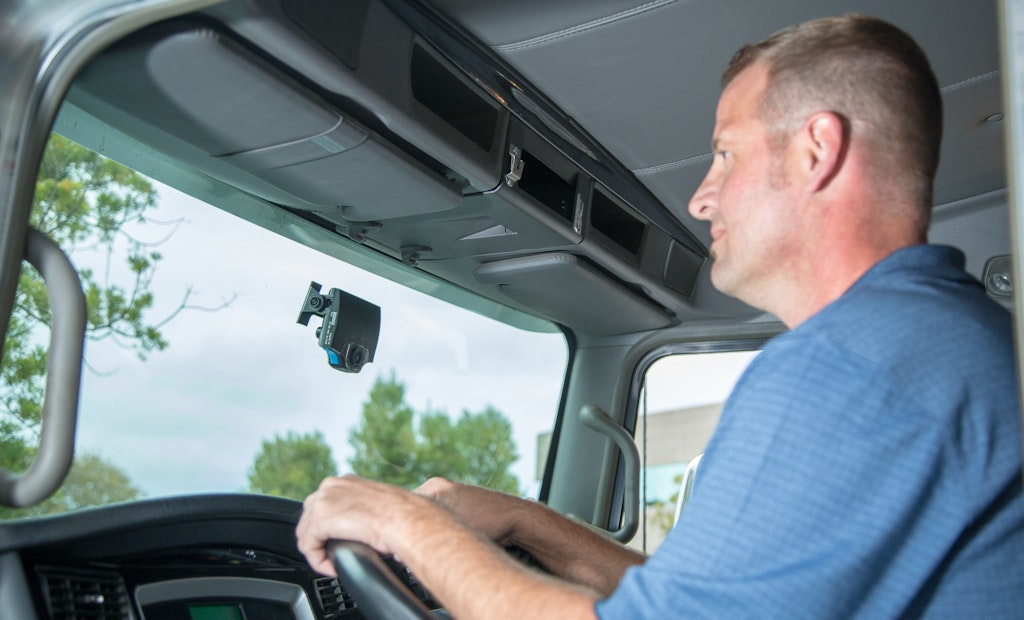
A dashcam can help make your technicians more aware of their risky driving habits, reducing accidents, legal claims and insurance costs.
From time to time, we look at our world and see what we can do to improve driving/driver safety. At our company, we have chosen to make a few small changes and we have seen some big results.





